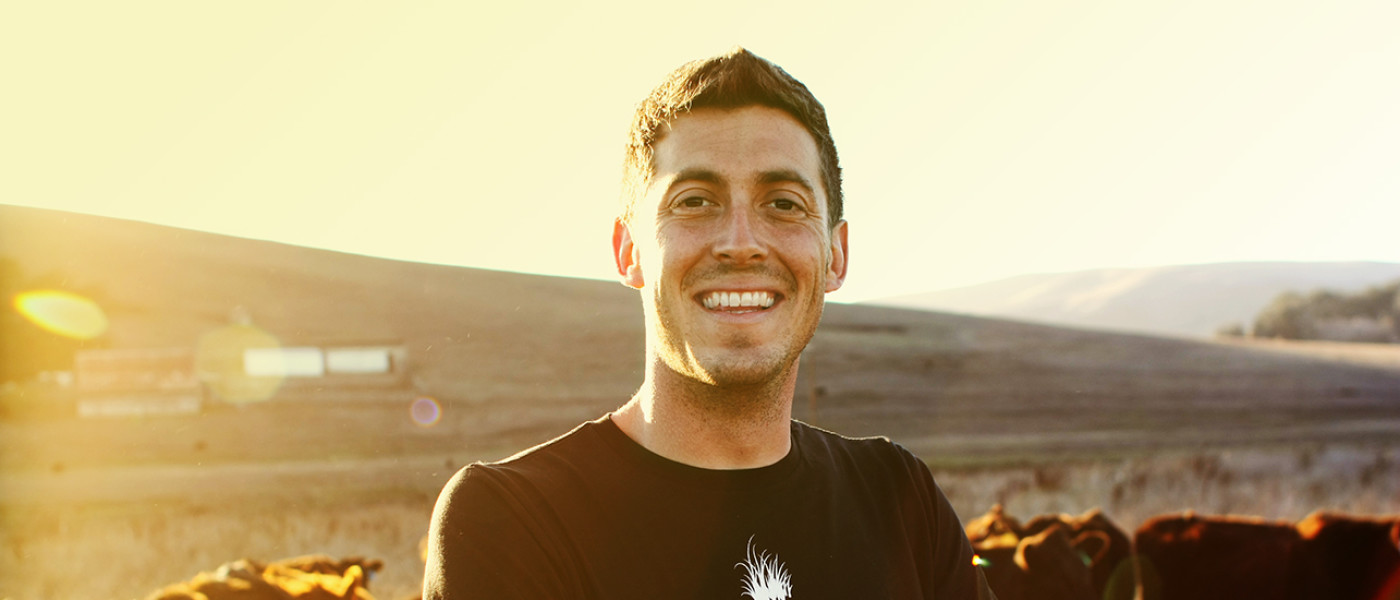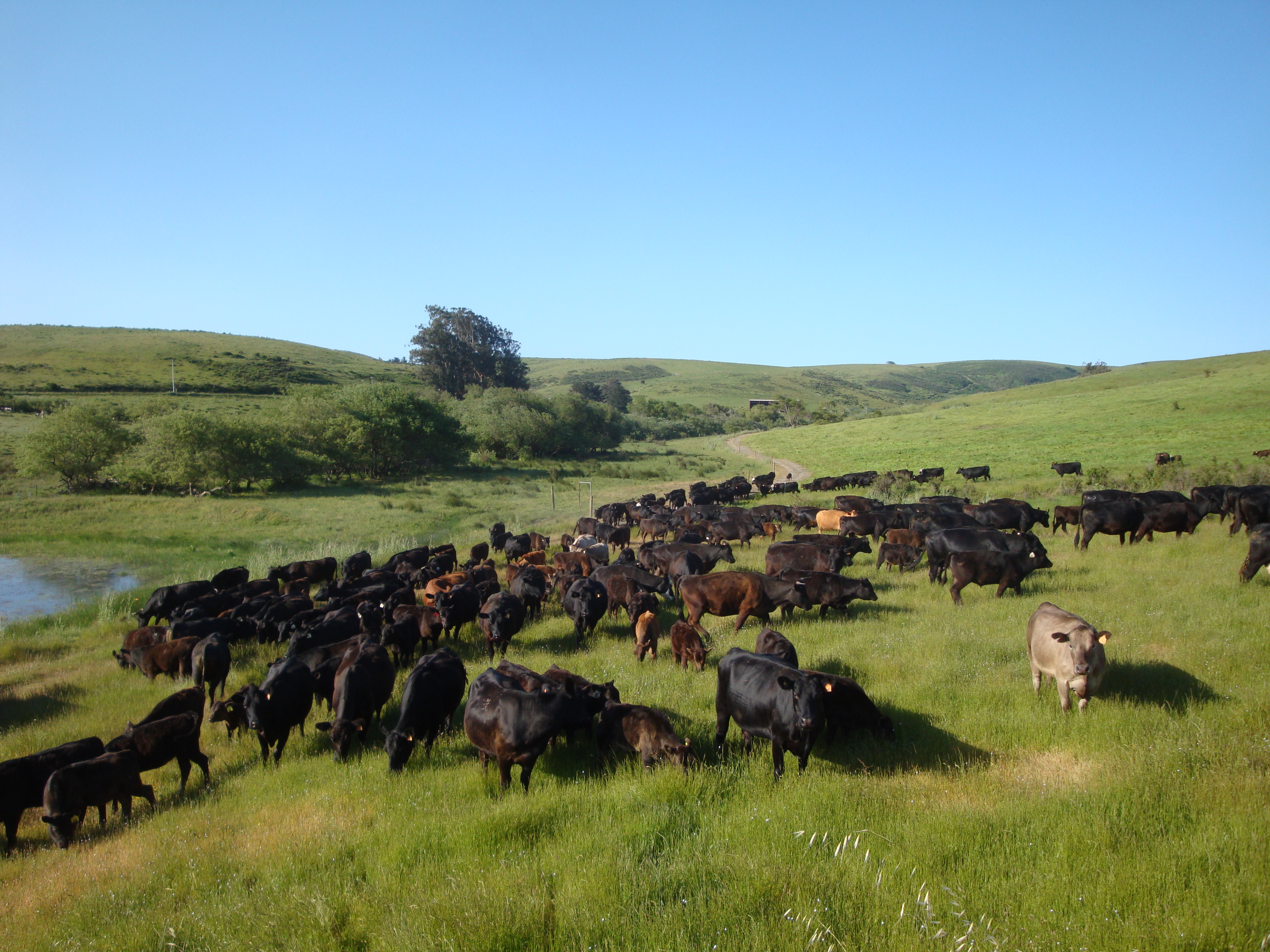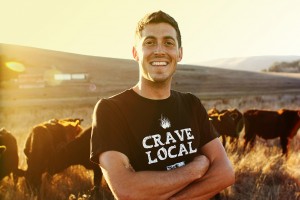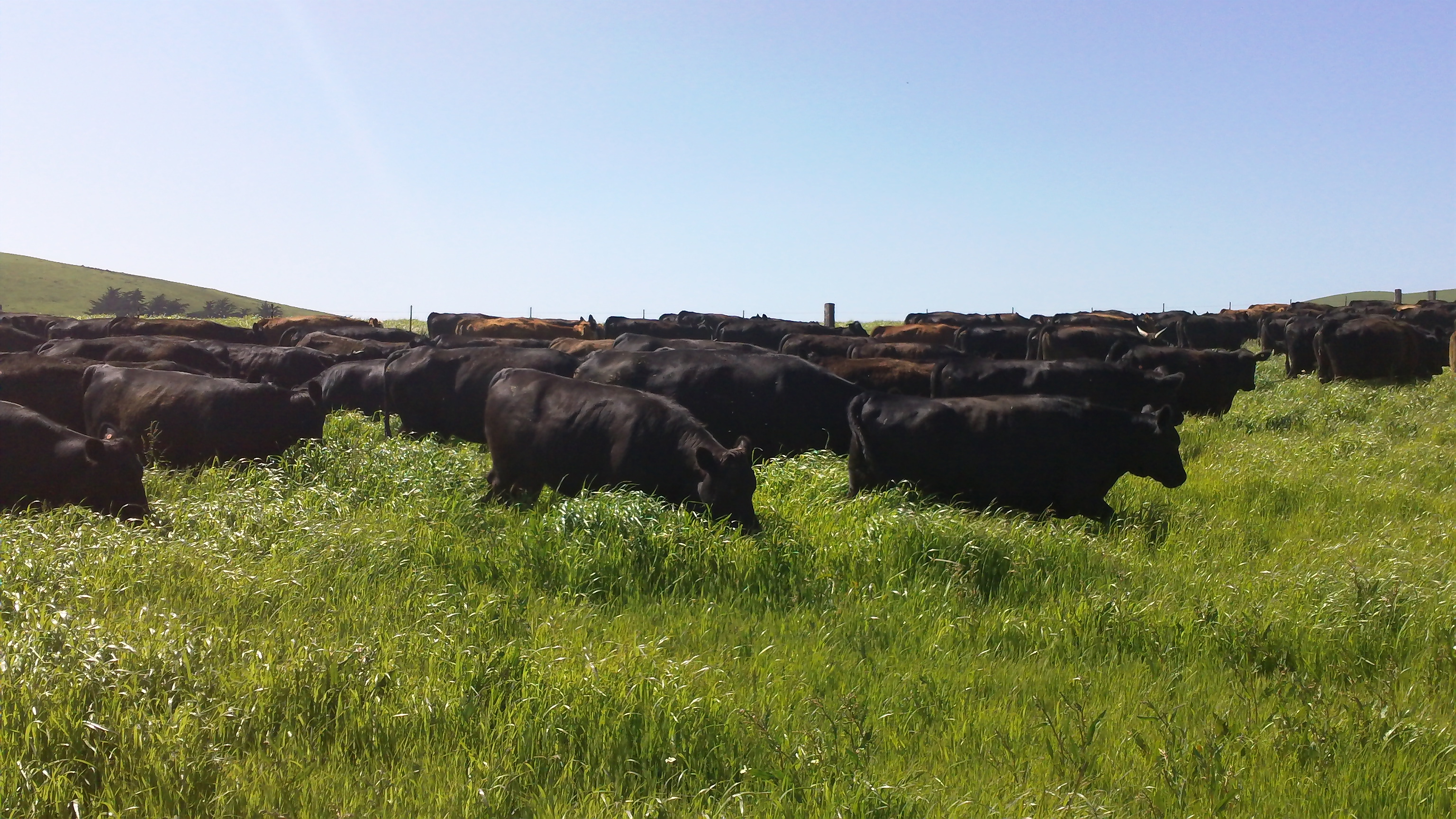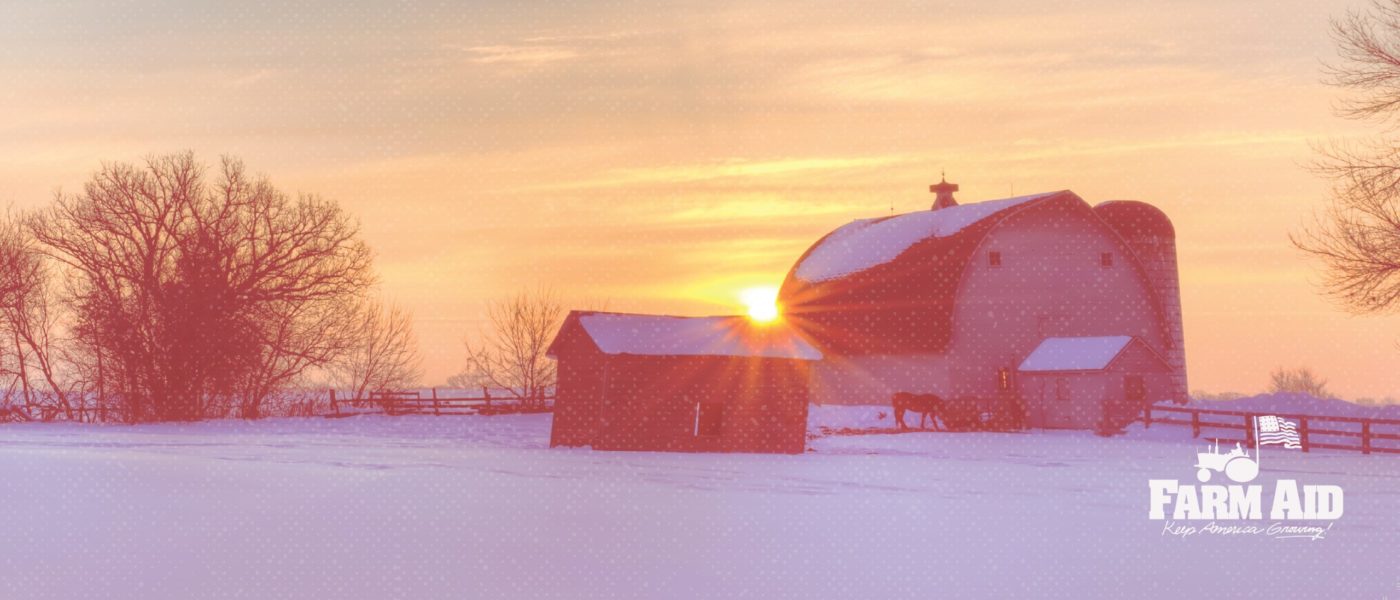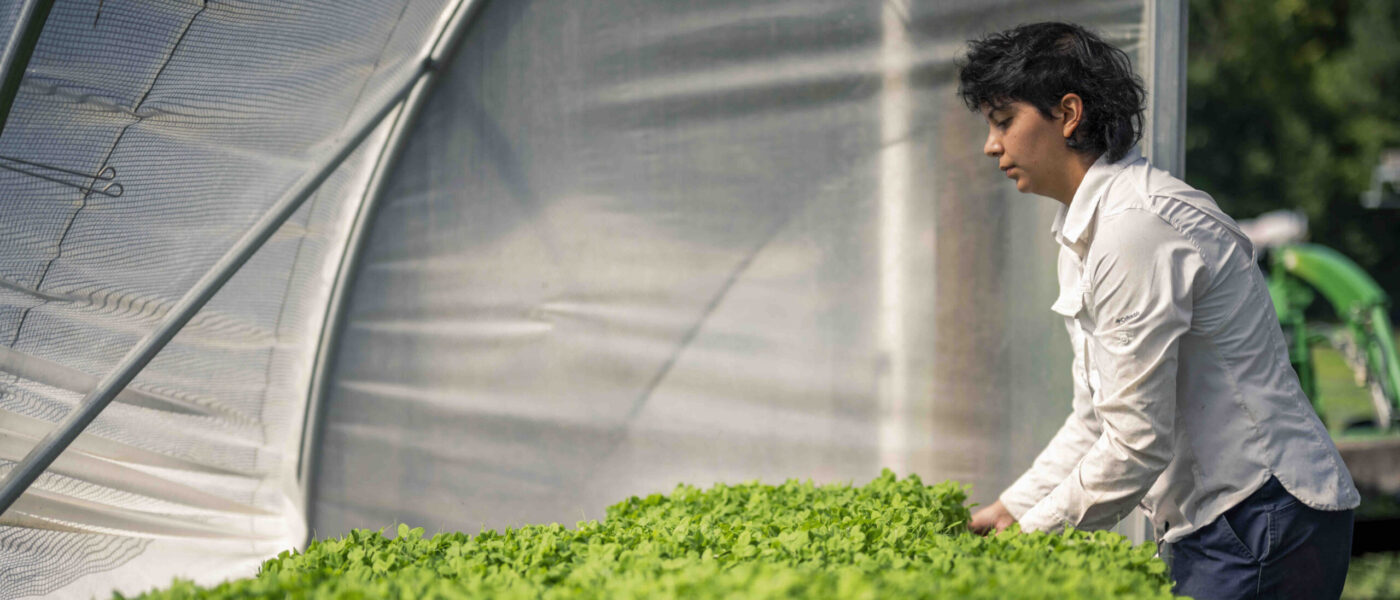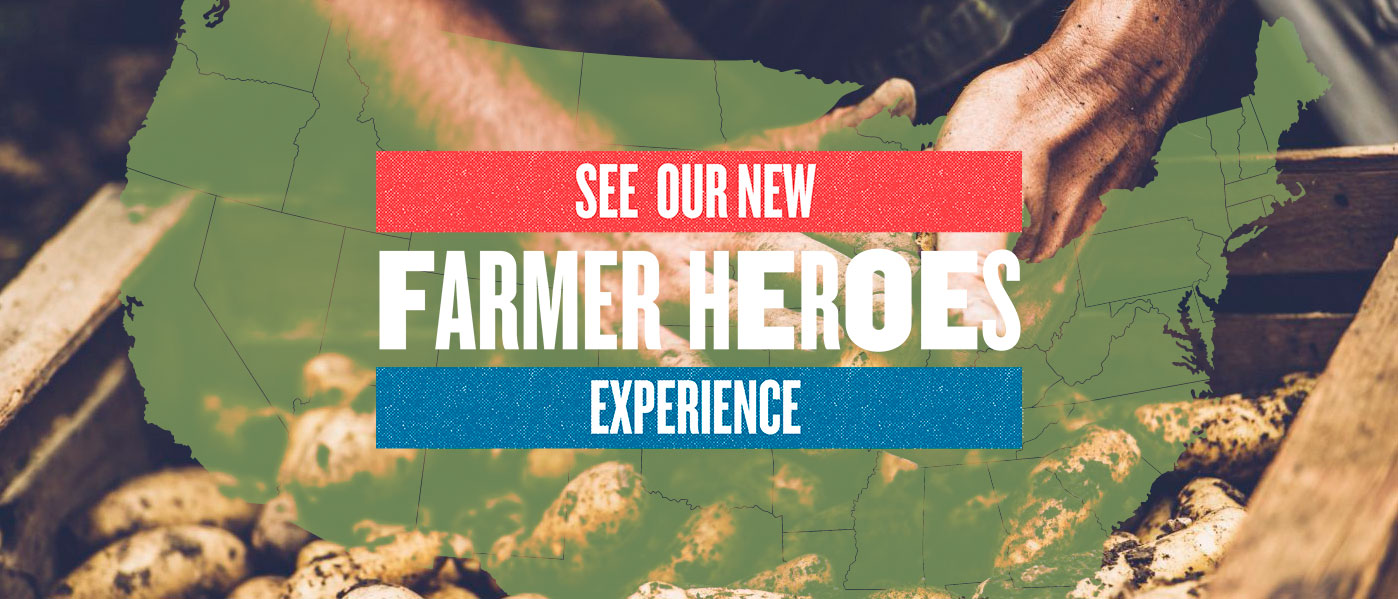Guido Frosini, like other ranchers, prides himself on being a steward of the land. “We are first and foremost grass farmers,” he says.
But, grass farmer doesn’t tell the full story. Guido doesn’t plant this grass, he safeguards it, finding a fine balance of letting his cows graze and allowing his fields to sit fallow. This method gives perennial grasses and flowers, like native California bunchgrass, blue-eyed Mary and balsamroot, time to express themselves. In every square foot of soil, thousands of these perennial seeds sit dormant, waiting for the right conditions to come along so that they can grow—conditions that are thwarted by overgrazing.
Listen to Farm Aid’s Jessica Kurn chat with Guido Frosini about the flavor of his meat based on seasonality and the importance of bringing consumers to the farm.
Guido comes from a long line of farmers and ranchers tracing back to the 1860s. His land in Sonoma County, California was a commercial cow-calf operation in the 1970s, and prior to that it was a dairy and a sheep farm. When his great uncle died, his great aunt looked to the next generation for help. “I was one of the few nephews interested—the only nephew interested—so I came to help her out as a ranch hand,” Guido explains. Eventually he took over the business and has been running True Grass Farms for the past eight years.
Guido speaks with conviction about farming in a way that keeps his land productive for future generations. This mission hasn’t been easy with the extreme drought affecting California for the last several years, but his innovative grazing method has kept his business afloat, while other lands have dried up. He says, “Simply put, if you have bare soil it will dry out, and all of the water will evaporate and your grass will turn brown.”
Guido’s goal is to grow as much biomass as possible to boost his soil’s health. Healthy soils, filled with organic matter, hold more water and lose less to runoff than unhealthy soils. So when his farm does get rain, the water binds to this organic matter and does not strip the farm of its topsoil.
Drought took a heavy hit on farms in the American West, particularly in California, where agriculture is a $54 billion dollar industry and uses more than half of the state’s water. Guido says Sonoma County gets about 32 inches of rain in a normal year. But during the last few years of drought, they’ve received less than half of that, and yet (this is the key) he says, “We grew the same amount of grass.”
“We tell people [buying food] is a direct democracy,” he explains. “When you buy this pound of beef you are able to affect the ecology of the whole landscape.”
That realization brought about his ah-ha moment: his soil practices were creating an almost super-powered resilience against the drought. Not only were his pastures incredibly productive, but he also saw a tripling of the native deer population and an increase in habitat for migratory waterfowl.
On a global scale, Guido is mitigating climate change through his ranching methods. With carbon dioxide and other greenhouse gases acidifying our oceans and warming our planet, farming, particularly ranching, is often blamed for adding carbon to the system. But sustainable farming can be a powerful carbon sink—that is, a method to store carbon deep in the ground. According to Guido, “One of the low-tech ways to do that is through photosynthesis, and having the plants create carbohydrates that go into the roots—the deeper those roots are the more solid that carbon will store.” This is where Guido’s obsession with perennials comes into play, since they generally have deeper root systems than annuals.
Additionally, grazing animals eat carbon-rich plants, which they drop as manure as they roam, fertilizing the soil (as opposed to livestock raised in confined systems, creating massive pools of liquid manure that emit vast amounts of the greenhouse gas methane). “So pretty much you are sequestering carbon through that process,” Guido says.
A comparison to cattle on feedlots is meaningful. Instead of grazing, feedlot animals are packed tightly indoors, eating corn and soybeans—feed that is grown on millions of acres of monoculture. This type of agriculture stifles soil biodiversity and uses many fossil fuels and pesticides. Guido notes, “There’s a reason why when people go to a feedlot, very few [of them] leave salivating in their mouths. So why eat that food in the first place?”
Selling his sustainably raised meat is a point of pride for Guido. He not only provides a great tasting product, but also educates the public about different ways of farming. He sells his meat directly to consumers through a meat share and at farmers’ markets. This method of direct sales is a great way to spark conversations and convey his motto of“Food, Ecology, Culture.”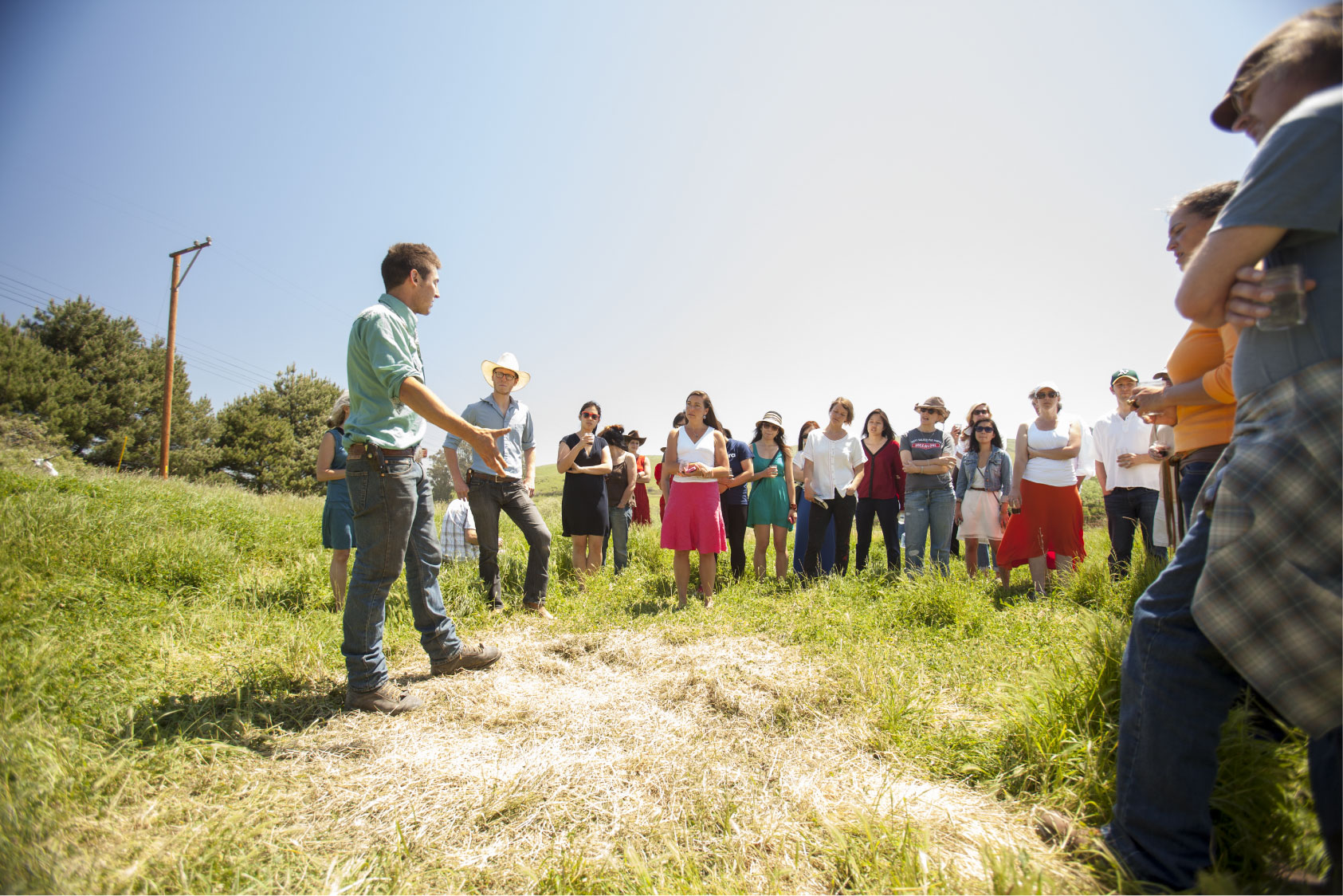
Guido hopes these conversations start a wave of consumer demand for grass-fed and finished meat, and give consumers pause about what type of agriculture they are supporting with their food purchases. “We tell people [buying food] is a direct democracy,” he explains. “When you buy this pound of beef you are able to affect the ecology of the whole landscape.”
To Guido, this way of ranching is intuitive, and this type of awareness is what he wants consumers to use when they purchase food. “If a landscape looks beautiful, and when we look at an animal we feel that’s how it should be raised, then it makes sense.” In this way, food becomes a voting tool and we all have power, through our wallets and bellies, to fight for and protect the environment and family farm agriculture.
Click here to learn more about True Grass Farms Guido Frosini is supplying meat for Farm Aid’s small event series “An Evening with Farm Aid” in Sonoma County, CA this summer.